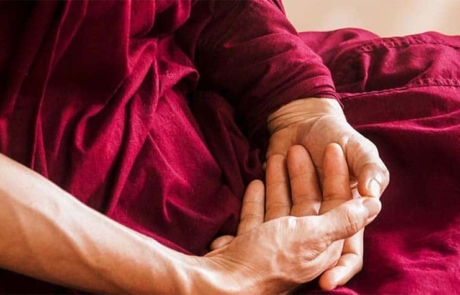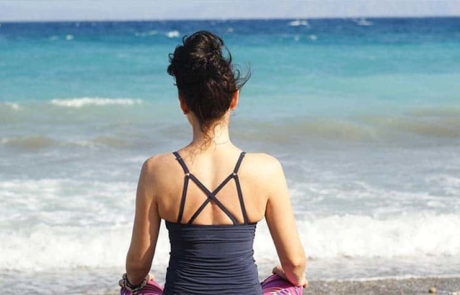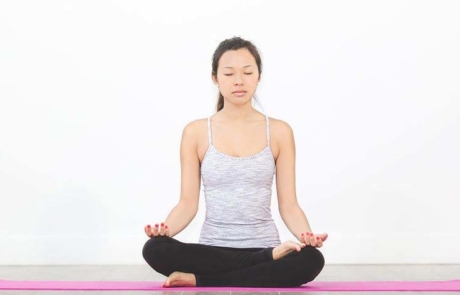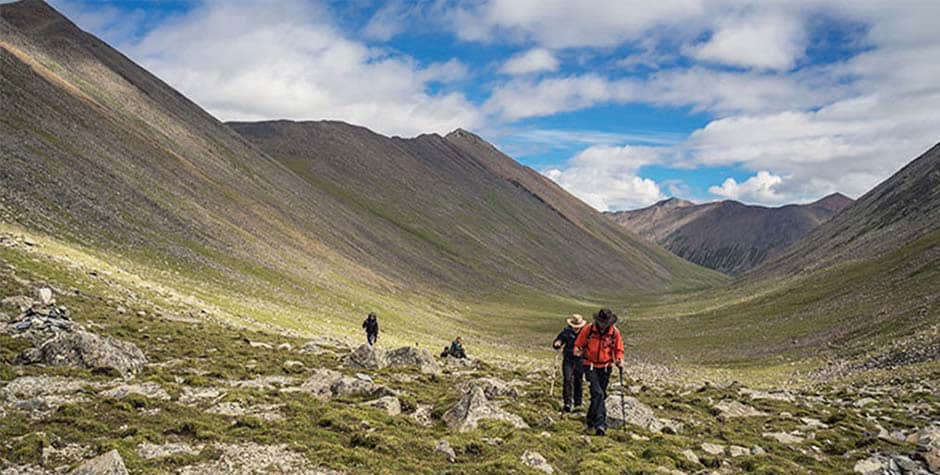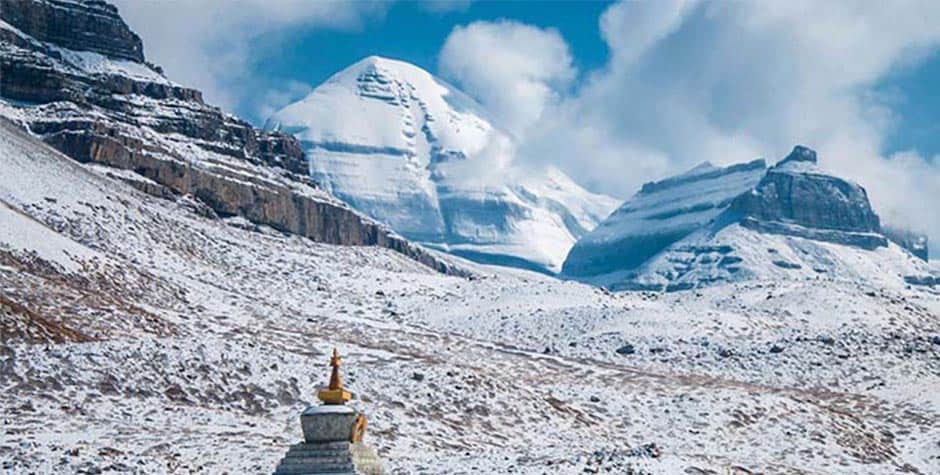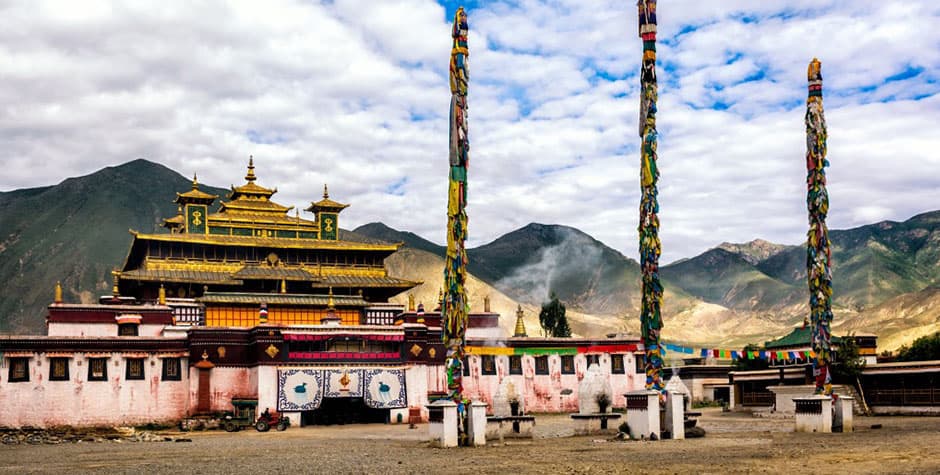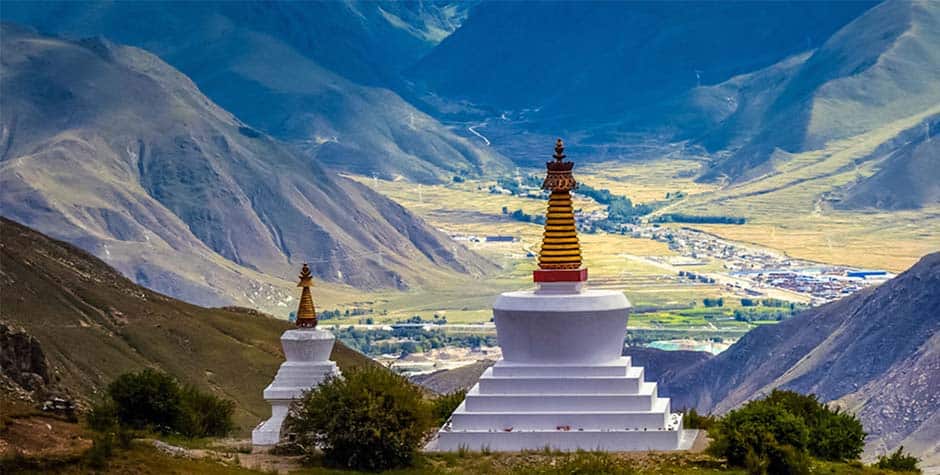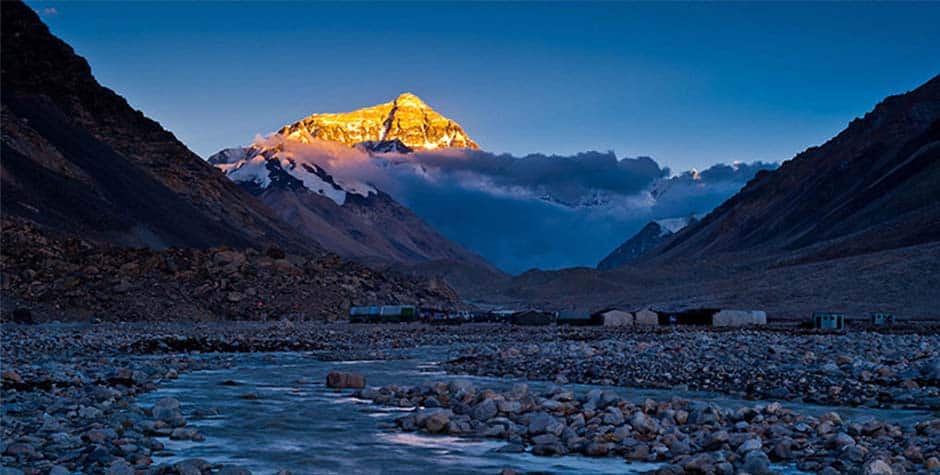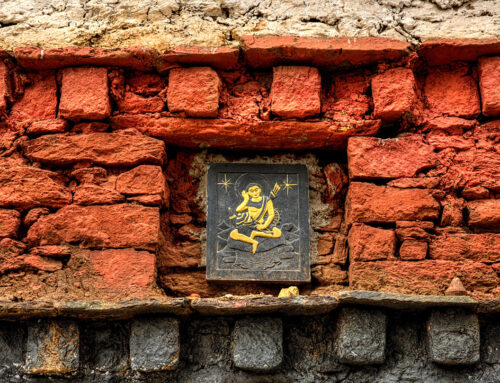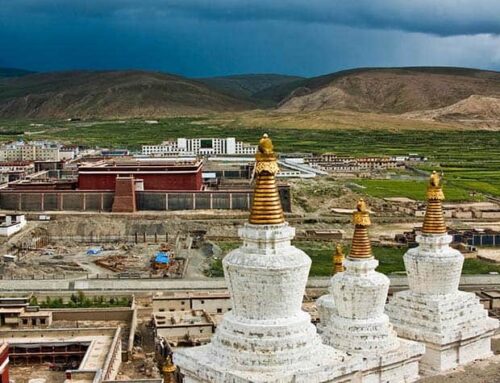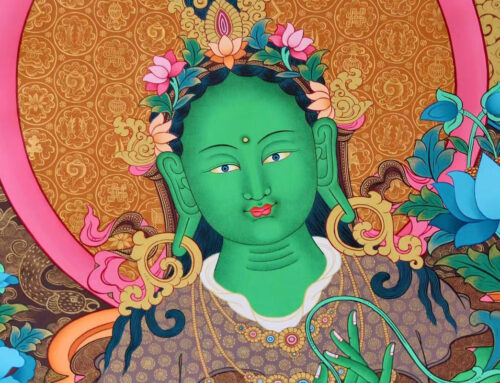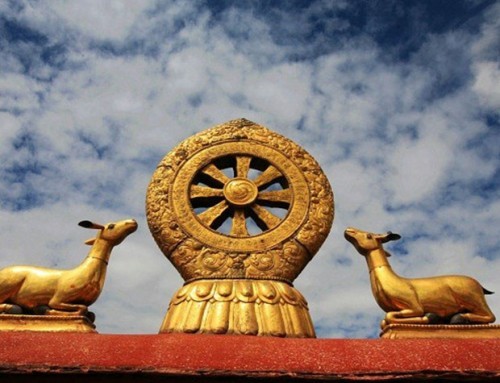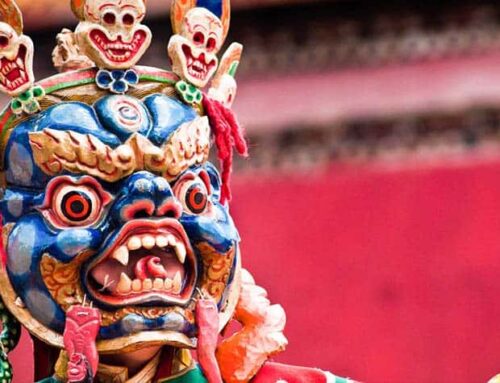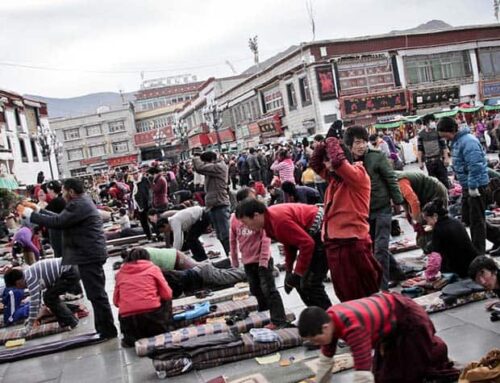Meditation gives profound rest. It is a movement in which the practitioner just sits and enables the mind to disintegrate. Truthfully, meditation is not concentration. It is de-concentration.
With modern life’s hectic pace and demands, many individuals feel stressed and overworked. They frequently feel like there is not sufficient time in the day to complete everything. Our anxiety and tiredness make us troubled, anxious, and baffled. They can even influence our well-being.
We are frequently so bustling that we feel there is no opportunity to stop and meditate! In any case, meditation really gives you additional time by making your mind more settled and engaged. As clarified below, a simple ten- or fifteen-minute breathing meditation can help you defeat your anxiety, locate some inward peace, and adjust.
Meditation can likewise help us to comprehend our minds. We can figure out how to change our minds from negative to positive, irritated to serene, troubled to glad. Defeating negative personalities and developing productive contemplations is the motivation behind the transforming meditations found in the Buddhist tradition. This is a significant, profound spiritual practice you can enjoy for the day, not simply while seated in meditation.
The reason for meditation is to make our minds tranquil. If our mind is tranquil, we will be free from stress and mental inconvenience. Thus, we will encounter genuine joy; however, if our mind isn’t peaceful, we will think that it’s tough to be happy, regardless of whether we live in the. If trained in meditation, our minds will progressively become increasingly tranquil, and we will encounter a purer and purer satisfaction. In the end, we can remain cheerful constantly, even in the most troublesome conditions.
Usually, we think that it’s hard to control our minds. Our mind resembles a balloon in the breeze, blown here and there by outside conditions. If things go well, our minds are cheerful. However, if they go badly, it promptly ends up noticeably troubled. For instance, if we get what we need, for example, another ownership or a new partner, we end up happy and stick with them firmly. However, since we can’t have all that we want and will unavoidably be separated from the companions and belongings we presently appreciate, this mental stickiness, or connection, serves to cause us torment.
Then again, if we don’t get what we need or if we lose something that we like, we end up plainly discouraged or bothered. For instance, if we are compelled to work with a partner whom we despise, we will most likely wind up chafed and feel abused, with the result that we will not be able to work with them productively, and our chance at work will end up noticeably distressing and unrewarding.
Such fluctuations of mood arise because we are too closely involved in the external situation. We are like a child making a sandcastle, who is excited when it is first made, but becomes upset when the incoming tide destroys it. By training in meditation, we create an inner space and clarity that enables us to control our minds regardless of the external circumstances. As a result, we gradually develop mental equilibrium. This balanced mind is happy all the time, rather than an unbalanced mind that oscillates between the extremes of excitement and despondency.
If we train in meditation systematically, eventually, we will be able to eradicate from our minds the delusions that cause all our problems and suffering. In this way, we will come to experience a permanent inner peace, known as “liberation” or “nirvana.” Then, day and night in life afterlife, we will experience only peace and happiness.
Meditation Posture
When we practice meditation, we need a comfortable seat and good posture. The most important feature of the posture is to keep our back straight. To help us do this, if we are sitting on a cushion, we make sure that the back of the cushion is slightly higher than the front, inclining our pelvis slightly forward. It is not necessary at first to sit cross-legged, but it is a good idea to become accustomed to sitting in the posture of Buddha Vairochana. If we cannot hold this posture, we should sit in one as close to this as possible while remaining comfortable.
The seven features of Vairochana’s posture are:
-
- In the vajra posture, the legs are crossed. This helps to reduce thoughts and feelings of desirous attachment.
- The right hand is placed in the left hand, palms upwards, with the tips of the thumbs slightly raised and gently touching. The hands are held about four fingers’ width below the navel. This helps us develop good concentration. The right hand symbolizes method, and the left hand symbolizes wisdom. Together, the two represent the union of method and wisdom. The two thumbs at the level of the navel symbolize the blazing of inner fire.
- The back is straight but not tense. This helps us develop and maintain a clear mind and allows the subtle energy winds to flow freely.
- The lips and teeth are held as usual, but the tongue touches against the back of the upper teeth. This prevents excessive salivation while also preventing our mouth from becoming too dry.
- The head is tipped a little forward with the chin slightly tucked in so that the eyes are cast down. This helps prevent mental excitement.
- The eyes are neither wide open nor completely closed. Yet they remain half open and gaze down along the line of the nose. If the eyes are wide open, we are likely to develop mental excitement, and if they are closed, we are likely to develop mental sinking.
- The shoulders are level, and the elbows are held slightly away from the sides to let air circulate.
A further feature of Vairochana’s posture is the preliminary breathing meditation, which prepares our mind for developing a good motivation. When we meditate, our minds are usually full of disturbing thoughts. We cannot immediately convert such a state of mind into the virtuous one we need as our motivation. A negative, disturbed state of mind is like pitch-black cloth. We cannot dye pitch-black cloth any other color unless we remove all the black dye and make the cloth white again.
In the same way, if we want to color our mind with a virtuous motivation. We need to clear away all our negative thoughts and distractions. We can accomplish this temporarily by practicing breathing meditation.
Breathing Meditation
When we have settled down comfortably on our meditation seat, we begin by becoming aware of the thoughts and distractions arising in our minds. Then, we gently turn our attention to our breath, letting its rhythm remain normal. As we breathe out, imagine breathing away the black smoke of all disturbing thoughts and distractions. As we breathe in, we imagine that. We breathe in all the blessings and inspiration of the holy beings in the form of white light, which enters our body and is absorbed into our heart.
Visualization
We maintain the visualization single-pointedly with each inhalation and exhalation for twenty-one rounds, or until the mind becomes peaceful and alert. If we concentrate on our breathing in this way, negative thoughts and distractions will temporarily disappear as we cannot concentrate on more than one object. After our breathing meditation, we should think, `Now I have received the blessings and inspiration of all the holy beings.’ At this stage, our mind is like a clean white cloth, which we can now color with virtuous motivation.
During your Tibet travel, you will have many opportunities to meditate in a quiet place. We recommend some meditation with a view of the beautiful landscape, the water of the Kyichu river, and Beautiful sunshine over Mount Everest.
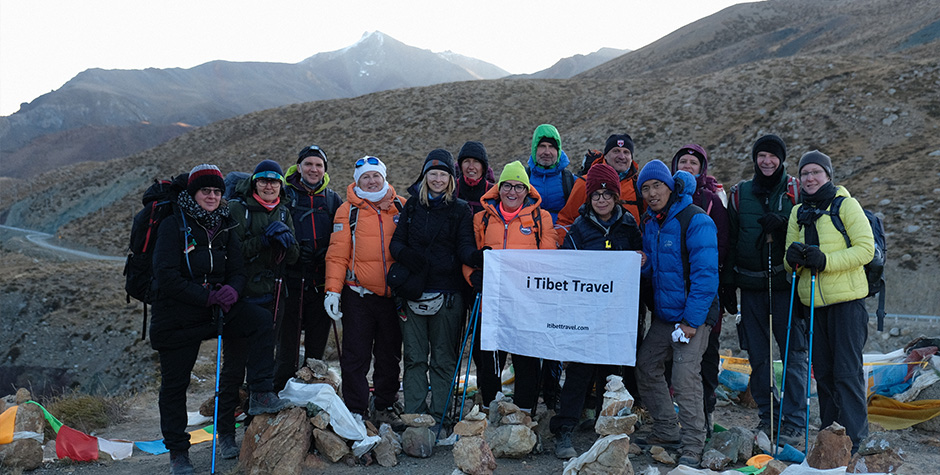
Tenzin Travel is the best Tibetan Travel agency in Tibet. Our agency is one of Tibet’s most experienced tour operators, with over 20 years in the industry. Founded by a local Tibetan family with decades of expertise as guides, managers, and route planners, we craft personalized itineraries for every traveler. We are the highest-rated and most recommended Tibet travel agency on TripAdvisor, Google, and LonelyPlanet.
We can make holistic arrangements for your trip to Tibet, including a Tibet Travel Permit, a Tibetan tour guide, flight tickets, train tickets, vehicle arrangements, and hotel bookings in Tibet.
Our Lhasa office is just steps from Barkhor Square, and our all-Tibetan team ensures deep cultural, linguistic, and religious insights, setting us apart from other agencies.
Beyond tourism, we support Tibetan communities by donating a portion of each tour to local projects. Your travel to Tibet is about more than profit—it’s about the opportunity for us to give back.

